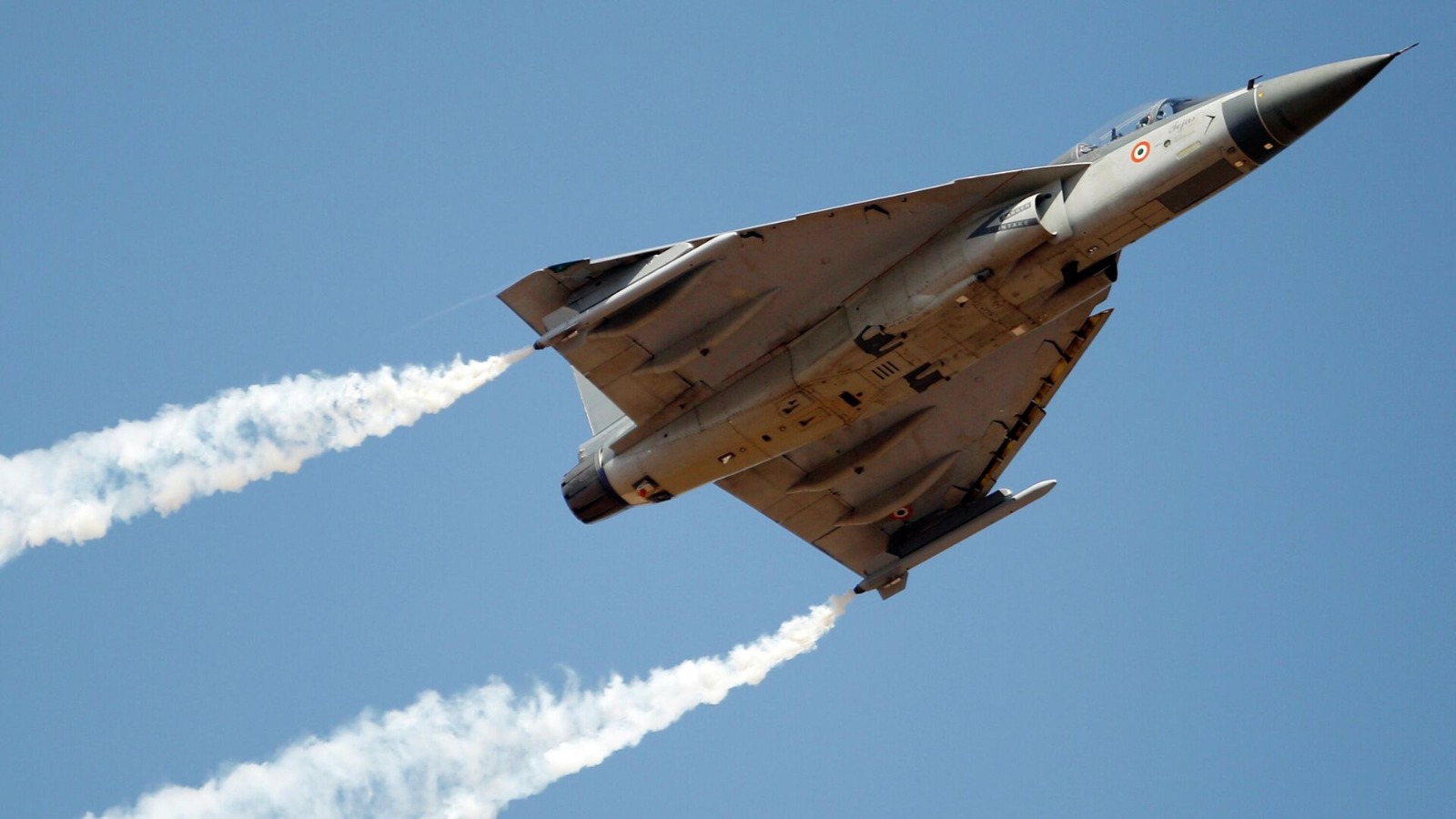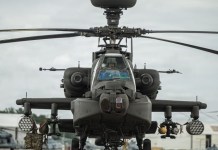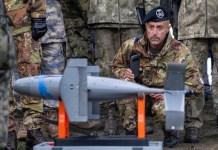As the battle to power India’s 5th-generation fighter jet heats up, French aero-engine maker Safran is increasing its footprint in India.
India has partnered with the US to build engines for Light Combat Aircraft, LCA MK1A and LCA MK2. However, the US firm is reluctant to part with the 100 percent technology. French Safran sees this as an opportunity to bolster defense ties with India.
After purchasing Rafale multi-role fighter jets for the Indian Air Force (IAF), India is also purchasing deck-based Rafale-M for its Navy.
Safran has already been active in India for a long time, supplying turbine engines for Indian helicopters. So far, Safran employs 3,000 people in India, a number expected to grow as the company expands its operations here.
Safran plans to open a maintenance facility in Hyderabad in 2025, the aerospace and tech hub of southern India’s Telangana state.
Recently, Safran Data Systems, a subsidiary of Safran, opened a new office in Chennai. The company said in a press release that the facility would be a hub for design and development and address the surge in demand within the sector. It added that the strategic expansion would also allow Safran to tap into Chennai’s pool of engineering capabilities.
Safran Data Systems has actively contributed to flagship programs like the Lunar mission Chandrayaan, Solar mission Aditya L1 with the Indian Space Research Organisation, and the LCA variants (Tejas).
India has sent a mission to the Moon, but aero-engine technology still eludes it. Experts opine that building an aero-engine requires decades of experience to build a sturdy engine capable of withstanding high speed and the rigors of flying. More countries possess nuclear weapons than indigenous aero-engines.
LCA Tejas For Indian Navy: DRDO Pushes LCA-N Aircraft To Navy As Delhi Set To Seal Rafale-M Deal
After years of stumbling in building the aero-engines that will power its indigenous fighter jets, India has decided to collaborate with foreign partners. Under the collaboration, the foreign partners will bring technological know-how to develop and build engines in India.
This engine will power India’s 5th-generation fighter jet, Advanced Medium Combat Aircraft (AMCA), which is projected to take to the skies in the mid-2030s.
The technology to keep AMCA in the air will be more complex, as 5th-generation fighters generally have the engine embedded in their systems to reduce radar signature.
The Battle To Power India’s 5th-Gen Fighter
Safran is competing against General Electric (US) and Rolls Royce (UK). The scale of the order alone makes the deal lucrative. France is already India’s second biggest defense supplier after Russia, and it does not forget to remind India that it has been steadfast in its defense ties with India.
India’s AMCA Not A 5th-Gen Fighter Jet? Lacks 3 Key Features To Be In The Same League As F-35: OPED
“We have stood by your side through thick and thin,” Safran’s chair, Ross McInnes, assured an audience at India’s Defence Conclave at the beginning of October. “The same cannot be said of your other Western partners,” he added, noting that France was the only Western country that stood with India after the US-led sanctions in the aftermath of 1998 nuclear tests sought to cripple its economy.
It’s no surprise that Safran has offered India ownership of the engine technology that will be developed under the collaboration. This step is aimed at giving India “strategic independence” to design, develop, and produce military jet engines for domestic use and export.
The US and India are cozying up. In August 2021, Hindustan Aeronautics Limited (HAL) signed a $716 million deal with GE for 99 F404 aircraft engines and support services for the LCA-Mk-1A.
Delay in engine deliveries from the US has derailed India’s LCA MK1A deliveries by Hindustan Aeronautics Limited (HAL) to the IAF. The HAL is yet to receive a single F-404 engine from General Electric.

Because of this, the deadline to deliver the first LCA MK1A, earlier planned for February 2024, has been pushed back. It looks highly unlikely that the IAF will receive the aircraft even in November.
The HAL has come up with an alternate plan to install used engines on the initial batch of jets as an interim measure.
In 2023, during Prime Minister Narendra Modi’s visit to Washington, the two countries inked a contract to manufacture 98 kilo-newton thrust GE-414 engines that will power the LCA MK II, which is expected to be rolled out by the end of 2024.
GE’s offer, as reported by the British newspaper The Financial Times, is to withhold a small portion of the intellectual property. The decision seems to stem from India’s close ties with Russia.
Amid LCA MK-2, MMRCA & AMCA Delays, IAF To Augment, Upgrade Its Russian Fighter Fleet Of MiG-29s
Contrary to this, France has been stressing that, unlike the US, the French government does not need to go through Congress to give a go-ahead to the collaboration with India.
India is yet to issue the initial “request for information.”
Kaveri Saga
In a frank and rare admission, DRDO Chairman Dr. Samir V. Kamat said that trying to develop the aircraft engine in parallel with the aircraft was a “rookie mistake.” This unconventional approach disrupted the entire timeline of the Tejas program, causing delays that stretched across decades.
The Kaveri engine project began in the 1980s to provide India with an indigenous engine for its flagship fighter jet. In the aerospace world, Kamat explained, aircraft are typically designed around existing engines rather than simultaneously developing a new one. Engine creation is an incredibly time-consuming and complex task, often taking 15 to 20 years to complete.
The Kaveri engine’s development faced several technical hurdles. One major challenge was achieving the required thrust-to-weight ratio, a critical factor in determining a jet’s performance. The engine also struggled with high-altitude testing and reliability issues during trials, making it unsuitable for the Tejas in its current form.
Eight Kaveri engines and four core engines had been manufactured, assembled, and tested. In 2014, the Kaveri project was finally on the brink of being shut down, but an offer by France’s Safran Aircraft Engines (previously known as Snecma) salvaged it.
France offered to spend 1 billion Euros as part of Dassault Rafale’s offsets deal and proposed to revive the Kaveri engine program under a joint-venture plan.
There has been light at the end of the tunnel. On November 20, 2016, Director General for Aeronautics Cluster of DRDO CP Ramanarayanan confirmed that the deal with Safran had been inked to upgrade Kaveri and make it airworthy for testing by 2018.
As of 2022, the plan is to upgrade the first batch of prototypes with significant transfers of M-88 engine technology from France to India so that Kaveri is made airworthy and integrated onboard Tejas PV-1 (Prototype Vehicle-1) aircraft in this decade.




